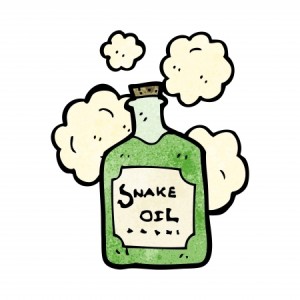Restoring the Ancient Ministerial Work
 J. I. Packer called Richard Baxter the most outstanding pastor, evangelist and writer that Puritanism produced. He was the vicar of the church in Kidderminster from 1647 to 1661. When he arrived in Kidderminster, Baxter said the towns people were “an ignorant, rude and reveling people.” Yet in 1743, when George Whitfield visited Kidderminster over eighty years later, he said to a friend: “I was greatly refreshed to find what a sweet savour of good Mr. Baxter’s doctrine, works and discipline remained to this day.”
J. I. Packer called Richard Baxter the most outstanding pastor, evangelist and writer that Puritanism produced. He was the vicar of the church in Kidderminster from 1647 to 1661. When he arrived in Kidderminster, Baxter said the towns people were “an ignorant, rude and reveling people.” Yet in 1743, when George Whitfield visited Kidderminster over eighty years later, he said to a friend: “I was greatly refreshed to find what a sweet savour of good Mr. Baxter’s doctrine, works and discipline remained to this day.”
According to Baxter, pastoral ministry should be a combination of public preaching and private conference (counseling). He thought the two activities complemented each other. First, members of the congregation would better understand the sermons. Second, getting to know your people would help the pastor know what he should preach on.
Baxter saw personal catechizing and instruction of every willing person within the congregation as the duty of the pastor. He said: “It is but the more diligent and effectual management of the ministerial work. It is not a new invention, but simply the restoration of the ancient ministerial work.” He suggested that a pastor should set aside two days out of six for the personal instruction of individuals within his parish. If the pastoral work grew to the point that he could not keep up with the need, then another minister should be hired.
He hoped that no one would be silly enough to say that individual conferences weren’t preaching. “What? Do the number we speak to make it preaching? Or doth interlocution [dialogue] make it none? Surely a man may as truly preach to one, as to a thousand.” If you examined the New Testament, “you will find that most of the preaching [there] was by conference.”
Anticipating the objections to his advocacy of private conferences, Baxter commented how some ministers may point to their labors in the public teaching. Why then should they obligated to teach congregants individually besides this? Baxter’s answer went to the heart of the matter. Some who come for private meetings would be “grossly ignorant” in matters of their faith. Yet in one hour of private, instruction, “they seem to understand more, and better entertain it than they did in all their lives before.”
Among the seventeen benefits of private conference, Baxter said:
- It would help to convert individuals.
- It would promote the orderly building up of those who are converted and help establish them in the faith.
- It will make the public preaching better understood and regarded.
- By it you will become familiar with your people and possibly win their hearts.
- In becoming better acquainted with each person’s spiritual state, you can better know how to watch over him or her.
- It will help with the better ordering of families.
In a previous post on preaching and counseling, “Preaching and Counseling Are Complementary” I referred to Carl Truemen’s article for Reformation 21, “Why is So Much Preaching So Poor?” Perhaps the answer to Trueman’s question should be that modern preaching is so poor because modern pastors have largely lost the connection with their church members that Richard Baxter had because of his private conferences.
Also read, “Preaching and Counseling Are Complementary.”









